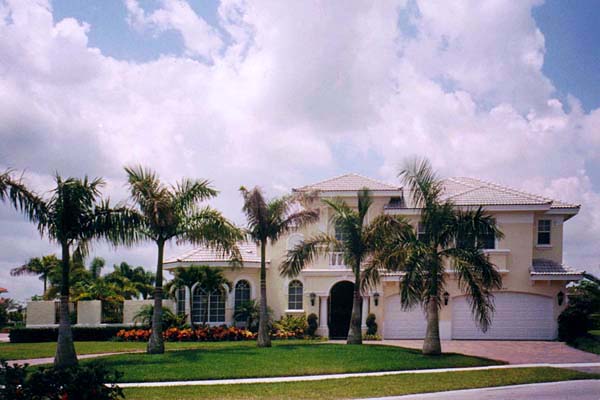UNDERIMPROVED LAND
Unleashing Potential: Understanding Underimproved Land in Real Estate
Introduction:
In the dynamic landscape of real estate, the concept of underimproved land unveils a fascinating dimension where the untapped potential of a property is waiting to be unlocked. This particular land use scenario arises when a piece of land is not being utilized to its highest and best use, resulting in an income generation that falls short of its maximum potential. In this exploration, we delve into the nuances of underimproved land and how it presents both challenges and opportunities in the world of real estate.
Defining Underimproved Land:
Underimproved land refers to a situation where the current use of a piece of land is not optimized for its highest and best use. This discrepancy between the existing use and the land's maximum potential can manifest in various forms – from vacant lots with minimal development to properties with outdated structures that do not align with the area's current market demands.
Identifying Signs of Underimprovement:
Recognizing underimproved land involves a keen understanding of the local real estate market and the highest and best use for a particular property. Signs of underimprovement may include:
Low Income Generation:
The property is not generating the maximum level of income that could be achieved with strategic development or redevelopment.
Mismatched Zoning:
The current zoning may not align with the most profitable use for the area, limiting the property's potential.
Obsolete Structures:
Outdated or underutilized structures on the land that do not capitalize on the current market demands or trends.
Vacant Lots:
Undeveloped lots in areas with high demand for specific types of real estate development.
Opportunities within Challenges:
While underimproved land presents challenges, it also opens the door to exciting opportunities for investors and developers. Recognizing the potential for improvement allows stakeholders to strategically reevaluate and reshape the property, maximizing its value and income-generating capabilities.
Strategic Redevelopment:
Investors can undertake strategic redevelopment projects to align the land use with current market demands, ensuring the property reaches its highest and best use.
Zoning Adjustments:
Exploring possibilities for zoning adjustments can unlock new development opportunities that were previously restricted.
Zoning Adjustments:
Exploring possibilities for zoning adjustments can unlock new development opportunities that were previously restricted.
Innovative Design:
Creative and innovative design concepts can transform underimproved land into sought-after real estate, appealing to the evolving preferences of buyers and tenants.
Adaptive Reuse:
Repurposing existing structures or lots for a different use that better suits the area's needs and trends can breathe new life into underimproved land.
Conclusion:
In the realm of real estate, underimproved land represents a canvas of untapped potential waiting to be transformed. While the challenges are evident, the opportunities for strategic redevelopment, zoning adjustments, innovative design, and adaptive reuse can turn underimproved land into a lucrative investment. As the real estate market continues to evolve, recognizing and capitalizing on the potential within underimproved land can lead to not only financial success but also the revitalization of neighborhoods and communities. In the journey of unlocking potential, underimproved land stands as a testament to the dynamic nature of real estate.
MORE REAL ESTATE TERMS
A, B, C, D, E, F, G, H, I, J, K, L, M, N, O, P, Q, R, S, T, U, V, W, X, Y, Z
Featured New Home

Featured Mortgage Brokers
- CHARTER WEST NATIONAL BANK, GRAND ISLAND, NE
714 N DIERS AVE
GRAND ISLAND, NE 68803 - AMERICAN MIDWEST MTG CORP, CLEVELAND, OH
6363 YORK RD STE 300
CLEVELAND, OH 44130 - PRIMELENDING A PLAINSCAPITAL COMPANY, HIBBING, MN
2900 E BELTLINE STE 5
HIBBING, MN 55746 - LEGACYTEXAS BANK, PLANO, TX
5000 LEGACY DR FL 1
PLANO, TX 75024 - GENERATION MORTGAGE COMPANY, HILO, HI
1257 KILAUEA AVE STE 30
HILO, HI 96720